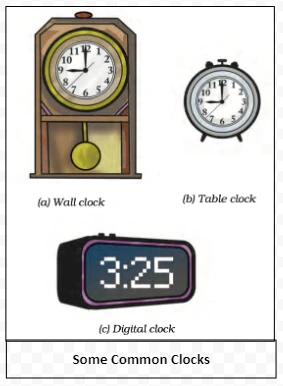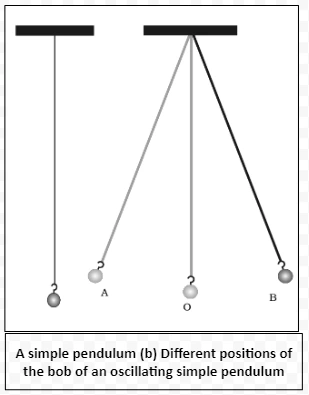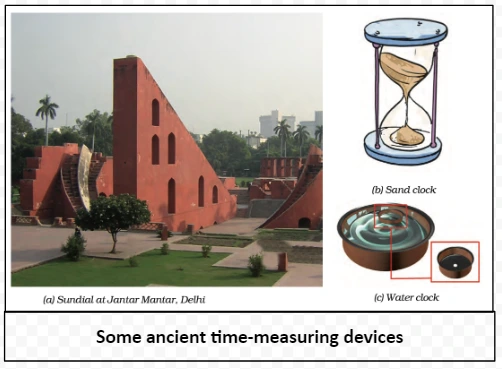![]() 14 Dec 2023
14 Dec 2023
In our day-to-day lives, we constantly observe objects in motion—cars traveling on roads, children playing in parks, or the simple act of walking. This motion, often governed by the interplay of forces, pressure, and friction, happens in the dimension of time and is measured over distances. The accurate measurement of time is crucial, from ancient sundials to modern quartz clocks, providing a framework for understanding the dynamics of motion in our dynamic world.



<div class="new-fform">
</div>